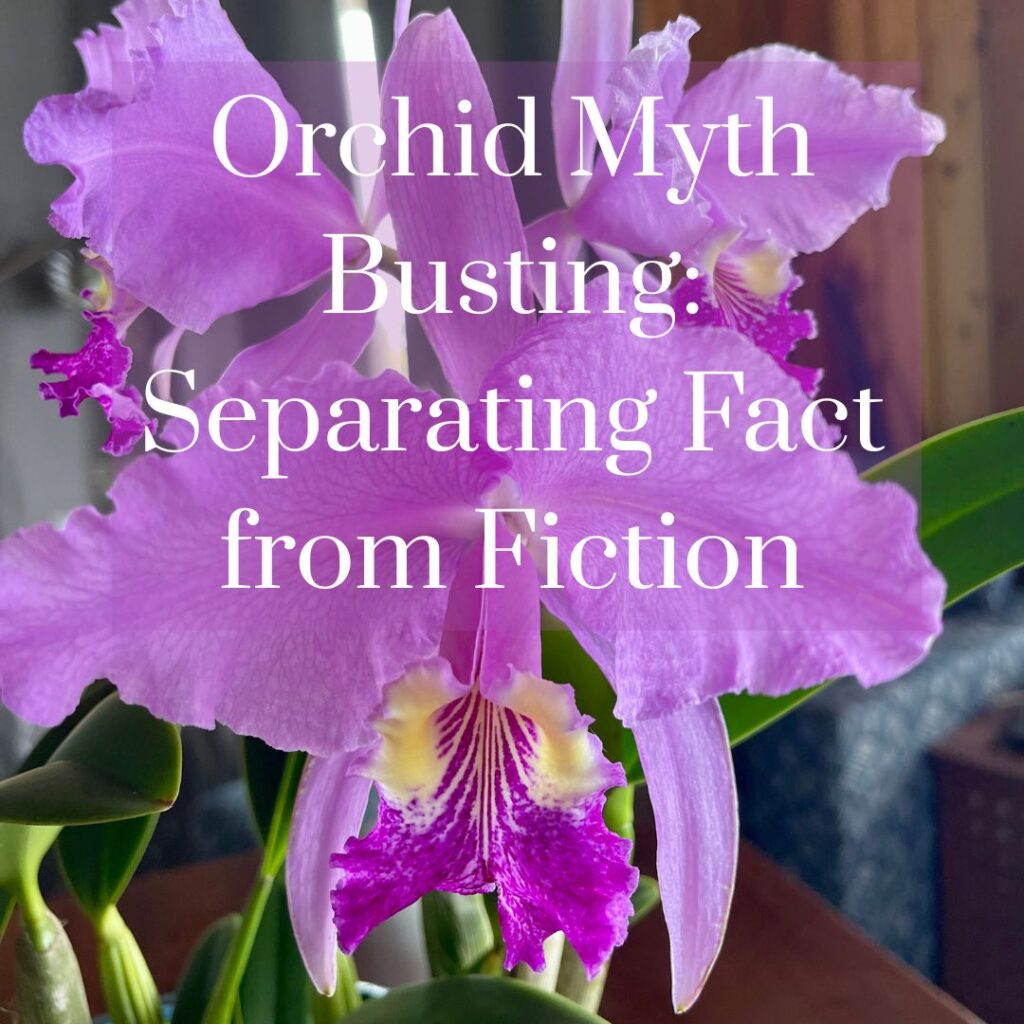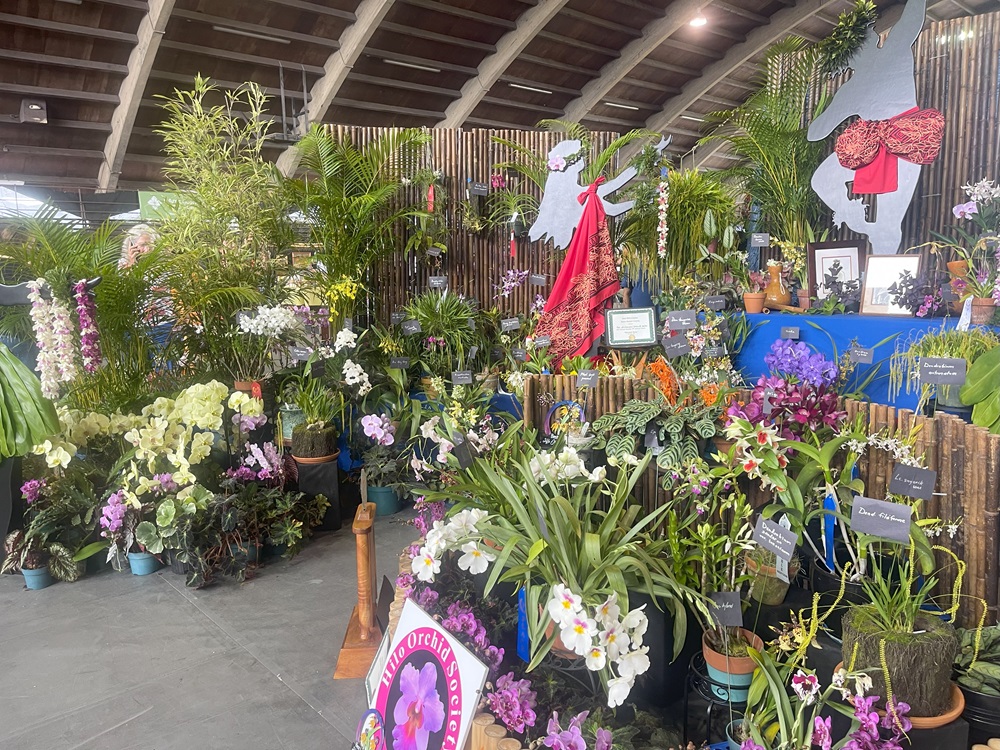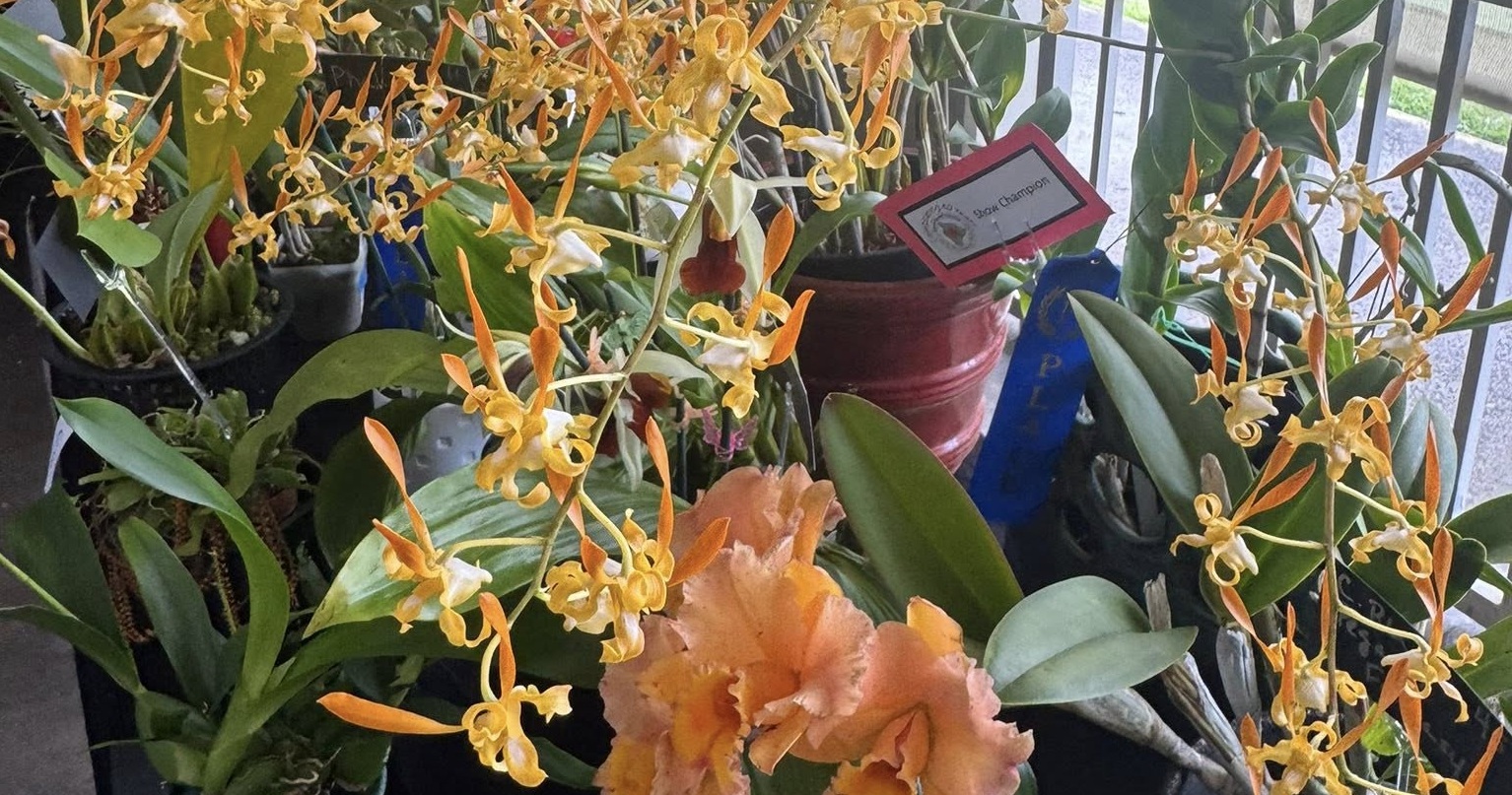Orchids have a reputation for being mysterious and difficult to grow, leading to plenty of myths about how to care for them. From watering with ice cubes to the belief that orchids must stay in full sun, misinformation can lead well-meaning growers astray. In this post, we’ll debunk some of the most common orchid myths and set the record straight so you can help your orchids thrive.
Myth #1: Orchids Need Ice Cubes for Watering
The Truth:
While some commercial growers promote the ice cube method, it’s not the best way to water orchids. Most orchids, especially Phalaenopsis (moth orchids), are tropical plants that prefer room-temperature water. Ice cubes can shock their roots and may not provide enough hydration.
Better Approach:
Water orchids thoroughly with lukewarm water, ensuring that water drains completely from the pot. Avoid letting roots sit in standing water.


Myth #2: Orchids Must Stay in Full Sun (or Full Shade)
The Truth:
Unlike sun-loving succulents, most orchids prefer bright but indirect light. Too much direct sunlight can scorch their leaves and harm the plant. Too little light will keep orchids from blooming and make the plants weak.
Better Approach:
Place your orchids near a bright window with filtered light. East-facing windows are great, as they provide morning sun without intense afternoon heat.


Myth #3: Orchids Are Too Hard to Grow
The Truth:
Many orchids, are quite easy to care for if given the right conditions. They need proper watering, indirect light, and occasional feeding. Knowing what type of orchid you have and what it needs makes orchid growing much easier.
Better Approach:
Start with a beginner-friendly orchid, like Phalaenopsis or Oncidium. Once you understand their basic needs, you can expand your collection.
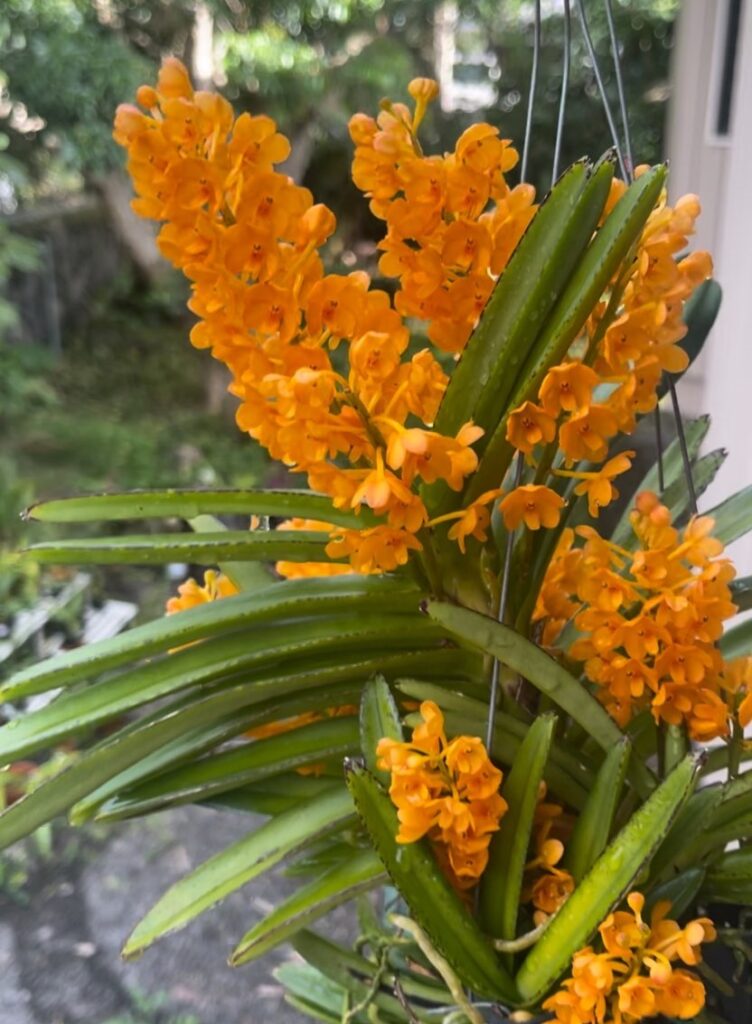

Myth #4: Orchids Only Bloom Once and Then Die
The Truth:
Orchids do not die after blooming! Most orchids go through a cycle where they bloom, rest, and then rebloom with proper care. Although without proper care, many people have the unfortunate experience of an orchid blooming and then dying.
Better Approach:
After the flowers drop, continue regular care and be patient. Some orchids rebloom in a few months, while others take a year or more.
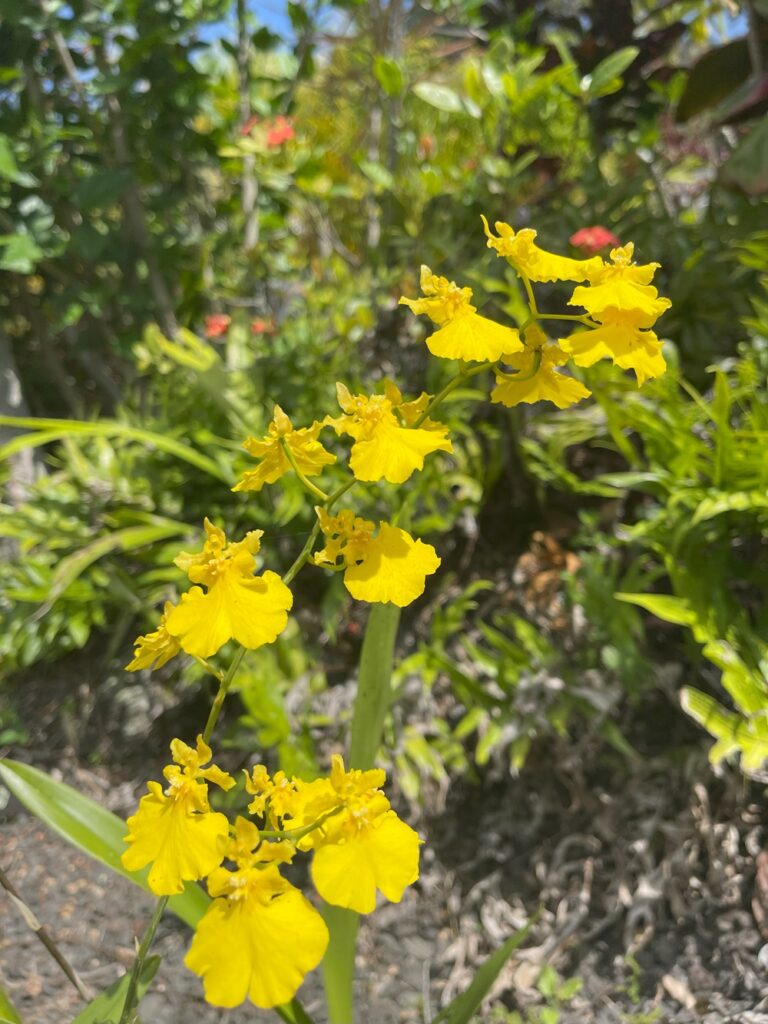

Myth #5: Orchids Should Be Potted in Regular Soil
The Truth:
Orchids have aerial roots that need air circulation. Regular potting soil retains too much moisture and can cause root rot.
Better Approach:
Most orchids do well with a specialized orchid mix containing bark, perlite, and charcoal (a few types of orchids do well in moss or with no media at all). These materials allow airflow and proper drainage. The exact amount of each depends on the orchid type, its growing climate, and how you care for it (more water, less water, fertilizer frequency, etc).
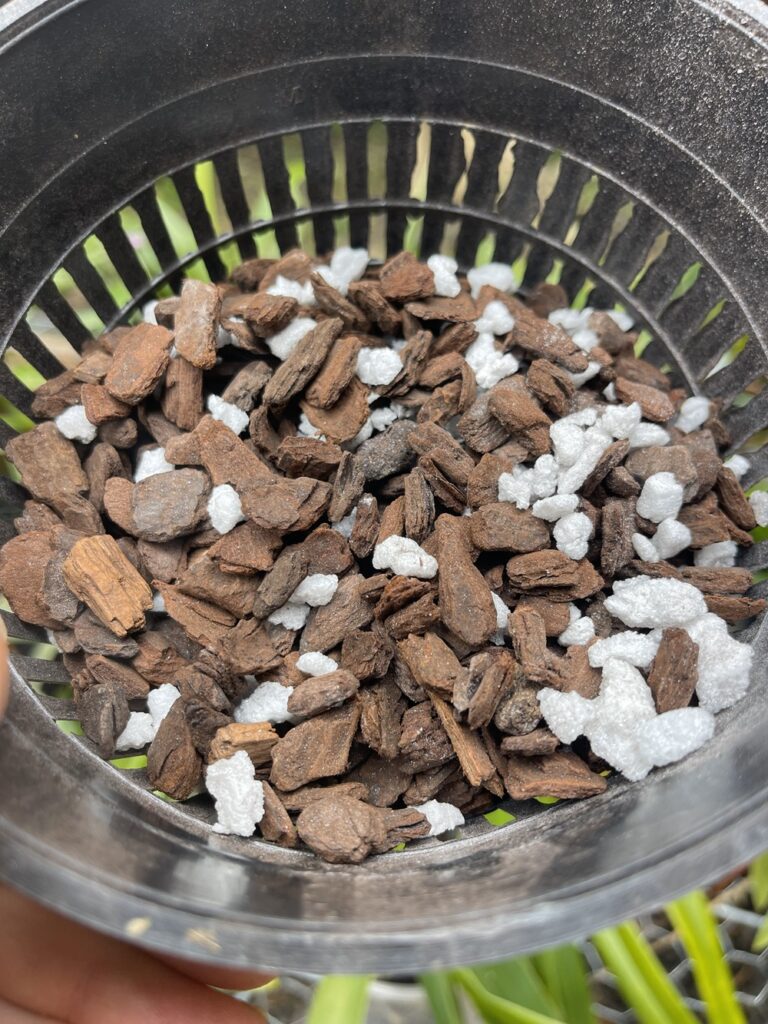

Myth #6: Orchids Don’t Need Fertilizer
The Truth:
Orchids do need nutrients to thrive, especially when growing new leaves and flower spikes. While they don’t require frequent feeding, occasional fertilization helps them stay healthy. A common phrase is to “fertilize orchids weakly weekly.”
Better Approach:
Use a balanced orchid fertilizer (20-20-20) at quarter strength (regular strength fertilizer can be too strong and burn orchids) every week or two. Reduce feeding when the plant is not actively growing.
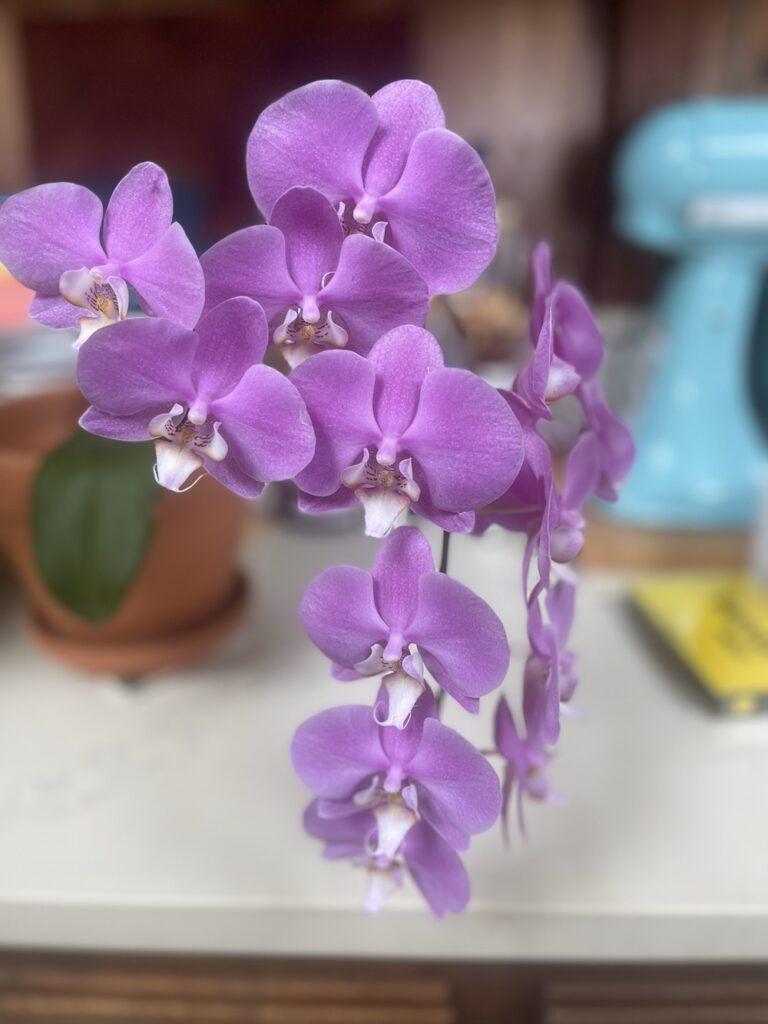
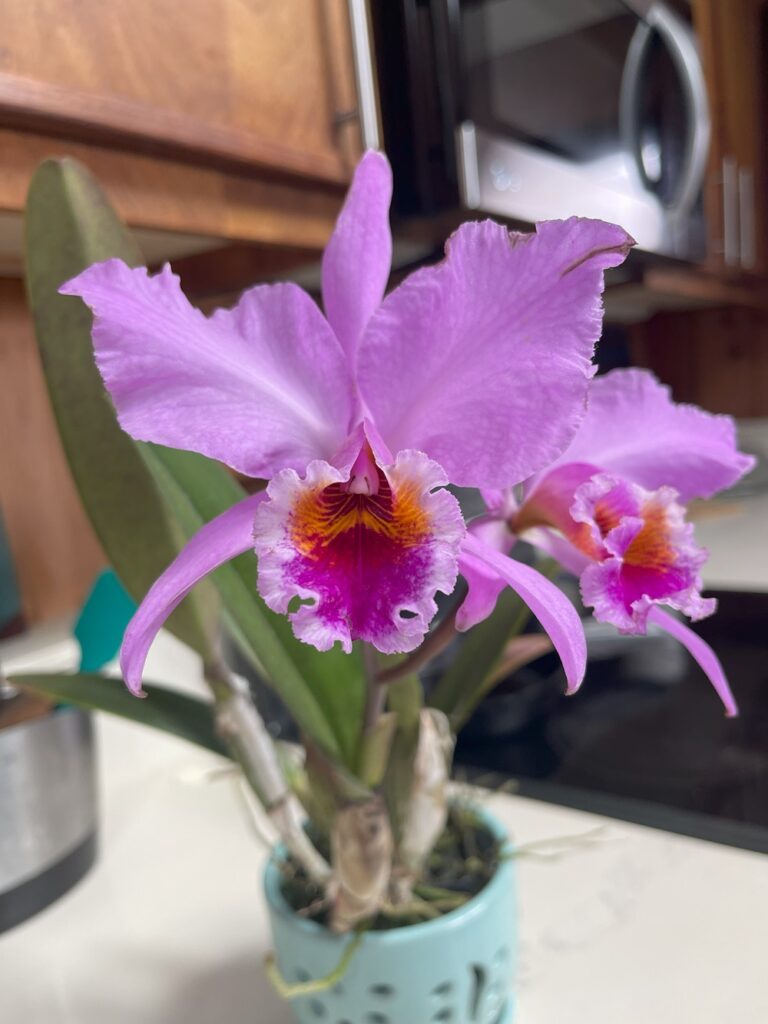
Myth #7: Orchids Should Be Watered Every Day
The Truth:
Overwatering is one of the biggest causes of orchid death. Most orchids need to dry out slightly between waterings to keep their roots from rotting.
Better Approach:
Water once a week (or when the roots turn silvery-white) for many orchids, pay attention to which type of orchid you have- some need more or less water than others. Adjust watering frequency based on plant response, climate and season.
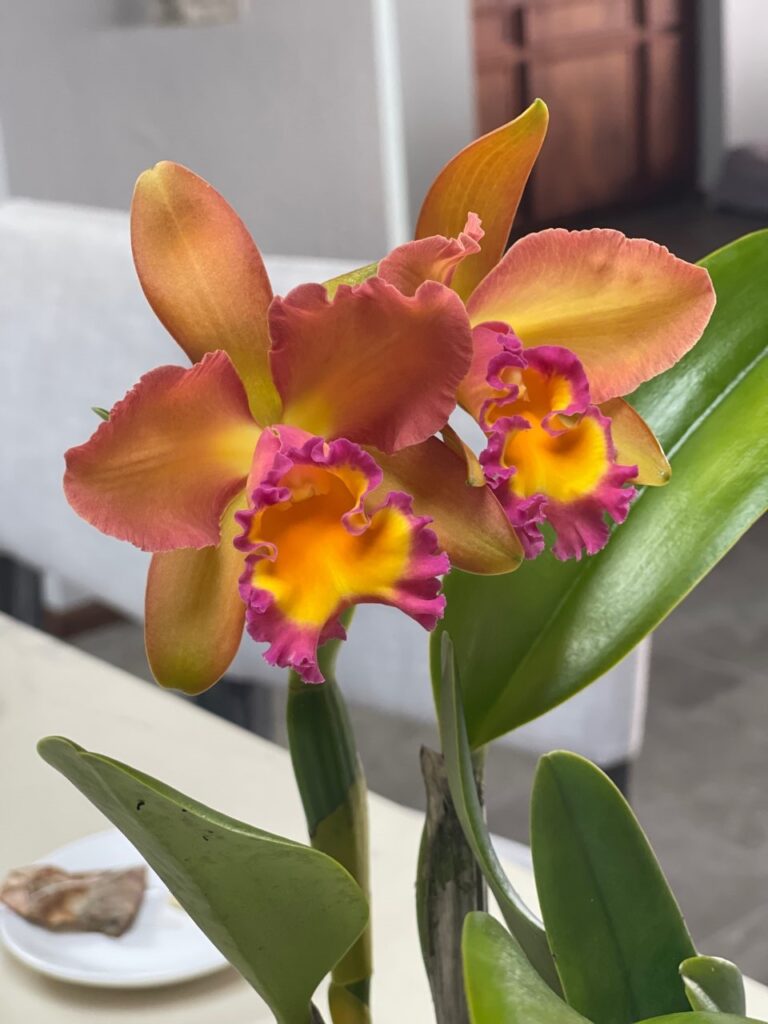
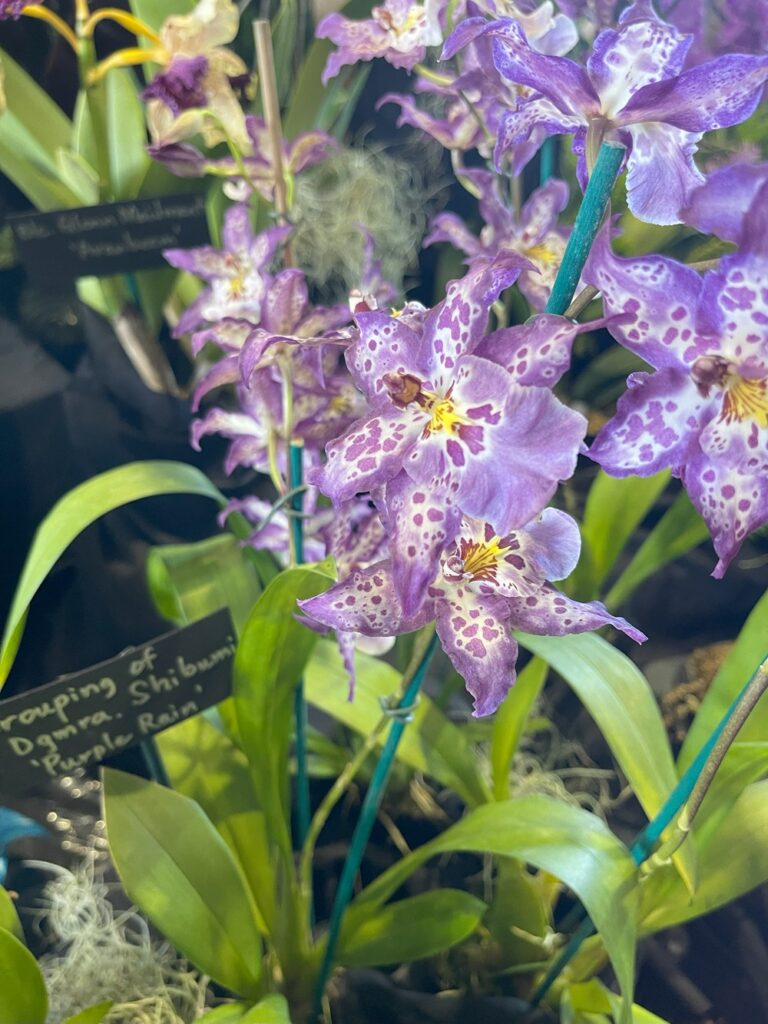
Myth #8: All Orchids Grow in the Same Conditions
The Truth:
Different orchid species have different needs. Some prefer warm temperatures, while others thrive in cool conditions. Some need higher light levels or more or less water than others.
Better Approach:
Learn about your specific orchid type. Phalaenopsis enjoys warm, humid conditions, and fairly low light, while Cymbidiums need a cool winter and higher light to bloom.

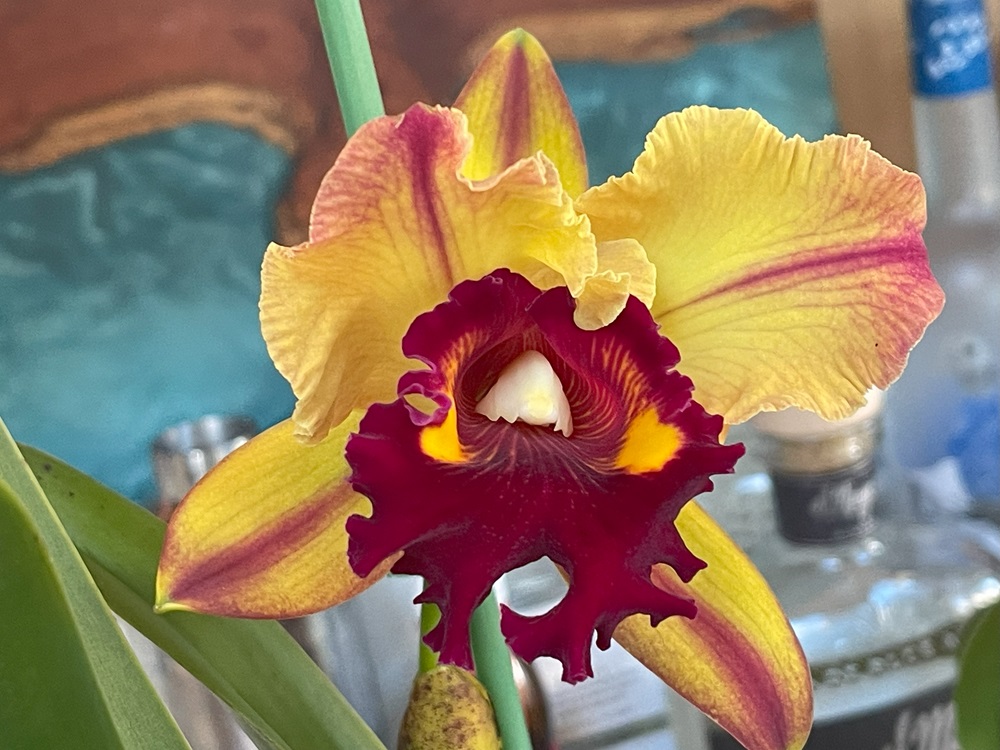
Myth #9: Orchids Should Be Repotted Right After Blooming
The Truth:
This one is often, but not always true. Orchids need repotting when their potting medium breaks down or when roots outgrow the container. This usually means once every year or two, which can sometimes correspond with blooming.
Better Approach:
Repot every 1-2 years in fresh orchid bark, ideally during the growing season (spring or summer). Don’t repot an orchid while it’s in bloom, if it needs repotting, wait until the blooms are finished (likely where this myth came from).
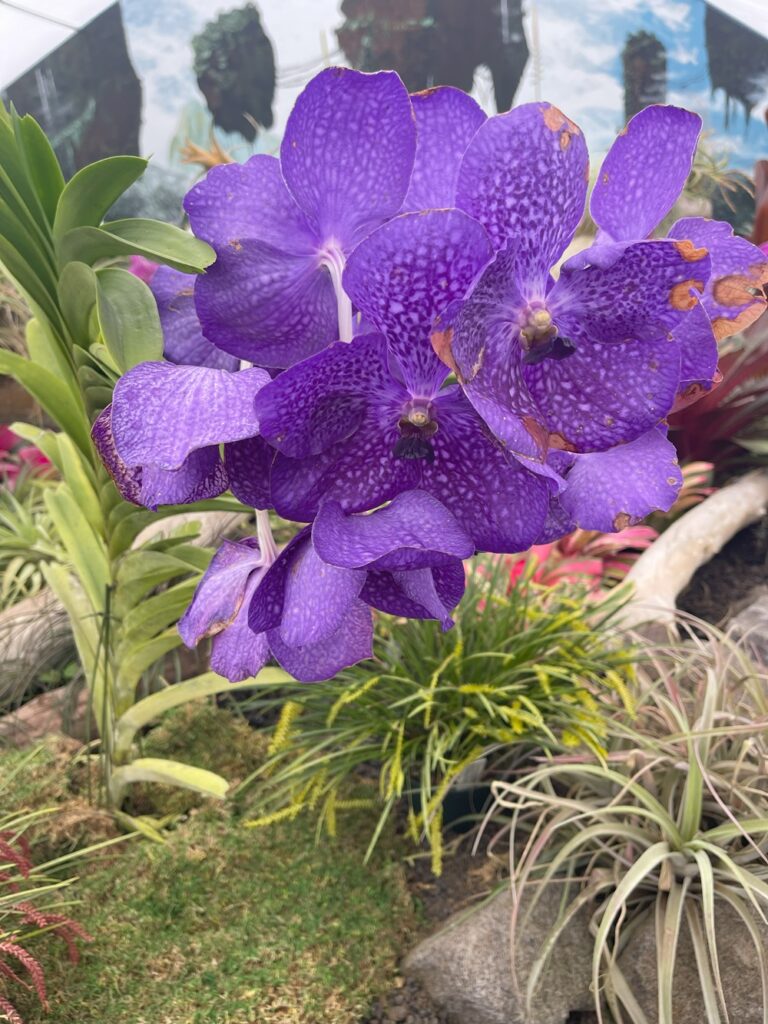
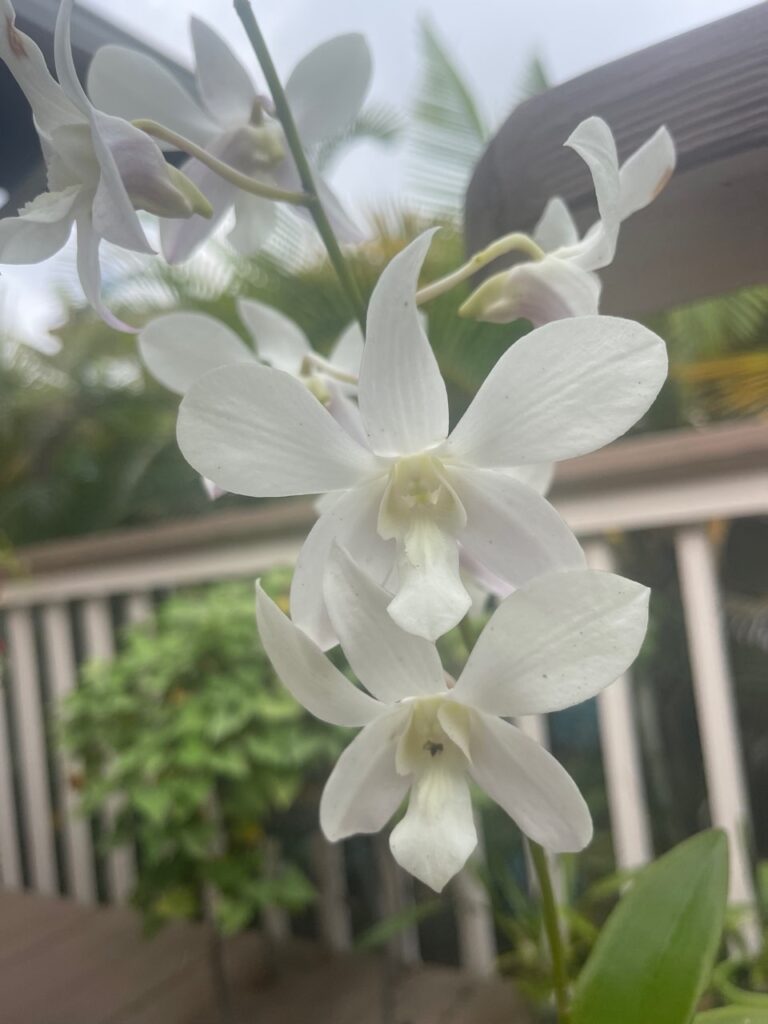
Myth #10: Orchids Can Grow Without Any Care
The Truth:
While orchids are hardy, they still need basic care. Without proper light, watering, and airflow, they won’t thrive. Every now and then, especially here in Hawaii, you get lucky and give an orchid the right conditions without really trying, making it seem like it grows without any care.
Better Approach:
Observe your orchids regularly, adjust care as needed, and enjoy the process of growing these beautiful plants.
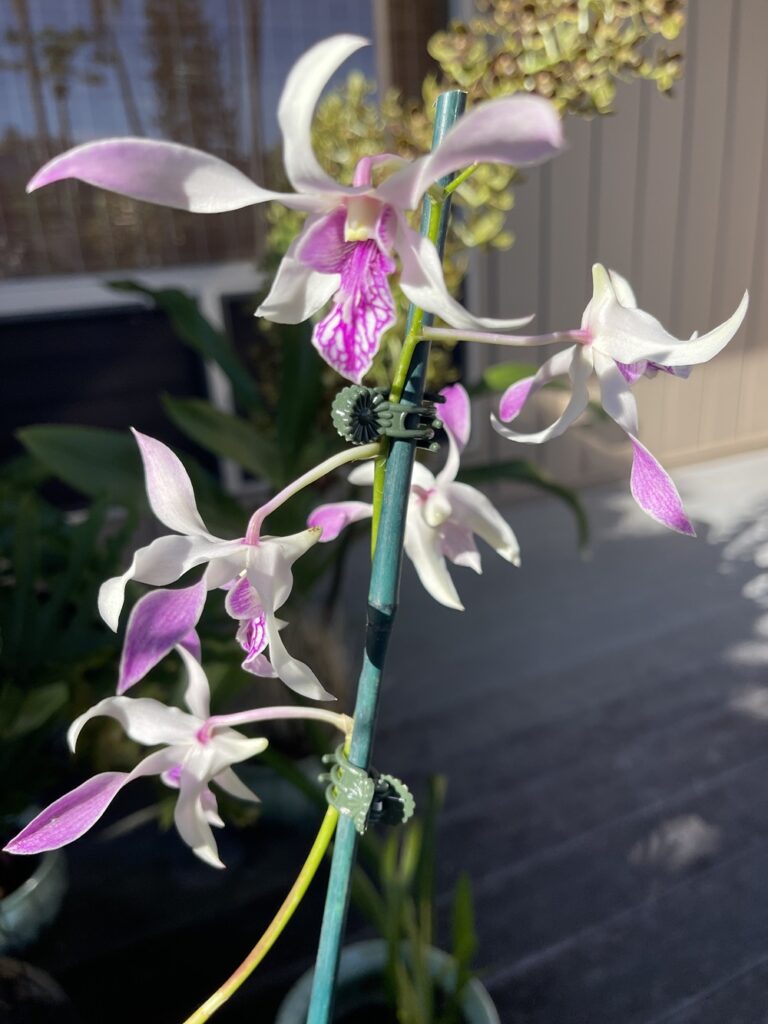
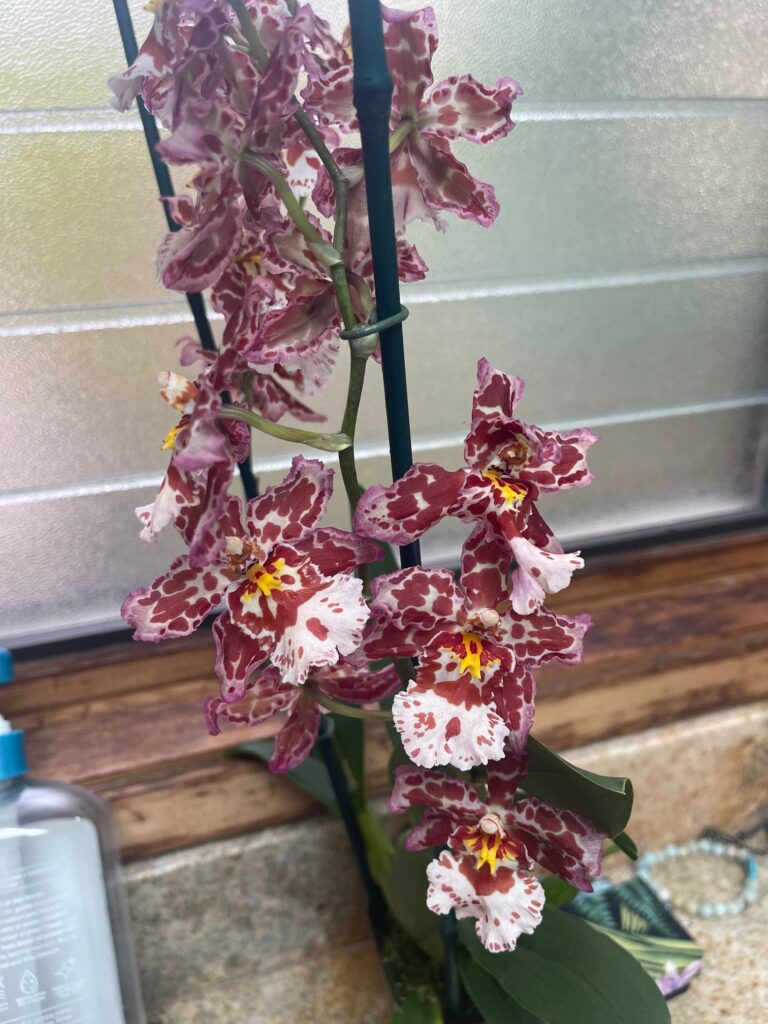
Final Thoughts
Orchids are not as fragile as many people think, but they do require proper care. By separating fact from fiction, you’ll have a much easier time growing happy, healthy orchids. Whether you’re a beginner or an experienced grower, understanding the truth behind these myths will help you enjoy the beauty of orchids for years to come.
Want more gardening inspiration? Join the Adventures in Botany Community and connect with fellow plant lovers! Follow us on, Instagram, TikTok, and YouTube for more gardening tips, DIY projects, and nature-inspired content.
